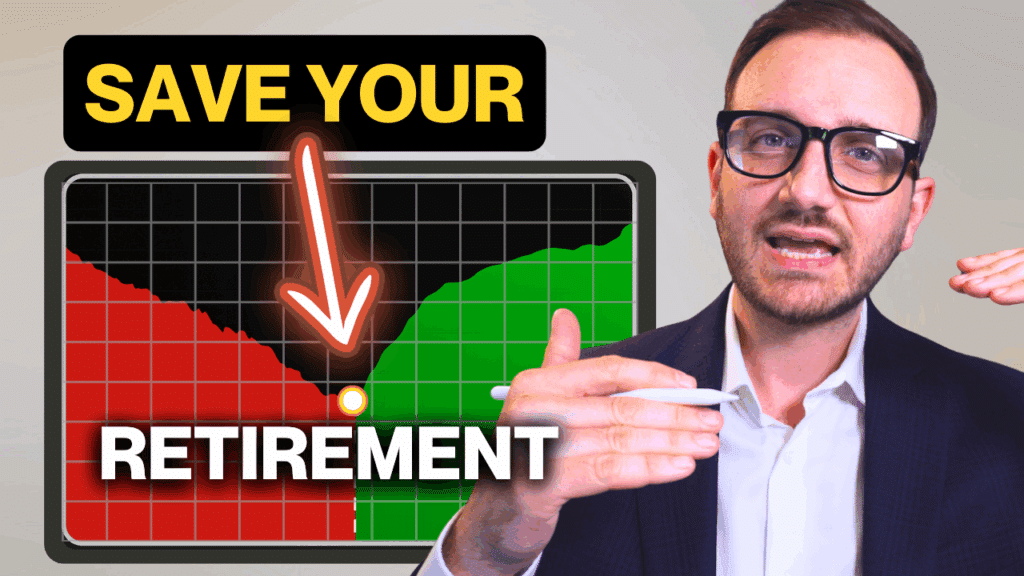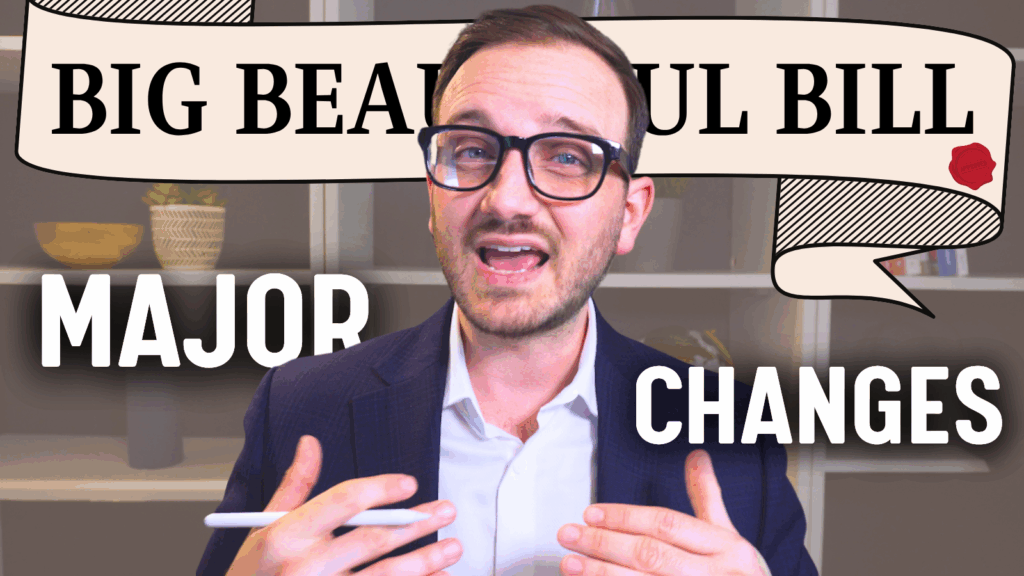Voluntary Early Retirement Authority (VERA) Guide for Federal Employees: Eligibility, Benefits, and TSP Rules
If your agency is undergoing a reorganization, downsizing, or other major workforce changes, you may hear the term Voluntary Early Retirement Authority (VERA) come up. For some federal employees, VERA can provide the option to retire earlier than expected — but it comes with its own rules, benefits, and trade-offs.
This guide walks through the most common questions about VERA, including eligibility rules, how it affects your pension and health insurance, what happens to your sick and annual leave, and how your Thrift Savings Plan (TSP) is impacted.
What Is a VERA?
The Voluntary Early Retirement Authority (VERA) is a tool that allows agencies to offer early retirement opportunities to employees during periods of restructuring, downsizing, or when a reduction in force (RIF) may be on the horizon.
We often see feds confuse VERA with VSIP. While the two are sometimes offered together, a VSIP is a cash incentive to leave federal service, whereas VERA simply opens the door to retiring earlier than normal.
Because accepting a VERA can mean leaving federal service before you originally planned, you’ll want to carefully consider the trade-offs — especially when it comes to the FERS Special Retirement Supplement and your long-term benefits.
Am I Eligible for a VERA?
Eligibility is not automatic — both your agency and you as an individual employee must meet certain requirements. OPM (the Office of Personnel Management) must approve your agency to offer VERA, and only then can eligible employees choose to retire under it.
Under 5 U.S.C. § 8414(b)(1), you qualify for early retirement if:
- You are at least age 50 with 20 or more years of creditable service, or you have 25 or more years of service at any age.
- You were employed continuously with your agency for at least 31 days before the date your agency applied for VERA authority.
- Your position is not time-limited (e.g., not a temporary appointment).
- You are not facing removal for misconduct or unacceptable performance.
- Your position is specifically covered by the agency’s VERA approval.
- You retire during the VERA window set by your agency.
If these requirements aren’t met, you can’t retire under VERA — even if you’d like to.
Can I Use Annual Leave to Qualify for VERA?
No. Annual leave does not count toward eligibility for VERA retirement. If you fall short of the required years of service or age, unused annual leave won’t bridge the gap.
This is different from a Reduction in Force (RIF) situation, where annual leave might help you qualify for an immediate pension or allow you to continue FEHB coverage.
That said, if you’re considering a VERA, you’ll want to plan carefully how to use your annual leave before retirement. Agencies cannot keep you on the payroll past the date you’re first eligible for your pension.
What Happens to Sick Leave Under VERA?
Like annual leave, sick leave cannot make you eligible for retirement. However, sick leave is added to your length of service for the purpose of calculating your pension.
In other words: while sick leave won’t help you meet the minimum service requirement, it can increase the size of your annuity once you’re eligible to retire.
Do I Keep FEHB If I Take a VERA?
FEHB is a very valuable benefit, and the good news is that you may be able to keep your Federal Employees Health Benefits (FEHB) coverage if you retire under VERA, provided you meet the standard requirements:
- You are eligible for an immediate annuity.
- You have been enrolled in FEHB for the five years immediately before retirement, including your last day (or since your earliest opportunity).
A few key clarifications:
- Continuous coverage matters. Any gaps could affect your eligibility to carry FEHB into retirement.
- Spousal coverage counts. If you are covered under your spouse’s FEHB enrollment (and your spouse is also a fed), this time counts toward the five-year rule. It doesn’t have to be under a self-only plan.
- Documentation is key. Make sure you obtain and keep a complete copy of your Official Personnel File (OPF) before retirement to verify your coverage history.
What Happens to My TSP If I Retire Under VERA?
The Thrift Savings Plan (TSP) is the third pillar of your FERS retirement, alongside your pension and Social Security. Here’s what to know if you separate under VERA:
- If you retire at age 55 or older, you can access your TSP without the 10% early withdrawal penalty.
- If you separate before age 55, you generally cannot withdraw penalty-free until age 59½, unless an exception applies.
- At 59½, all withdrawals are penalty-free regardless of when you separated.
SECURE Act 2.0 Exceptions to the 10% Penalty
Even if you separate before 55, you may qualify for penalty-free withdrawals under certain circumstances, including:
- Public safety officers with 25+ years of service (expanded under SECURE 2.0).
- Withdrawals for emergency expenses (up to $1,000 per year).
- Distributions related to terminal illness or federally declared disasters.
- Certain withdrawals related to domestic abuse (up to $10,000 or 50% of vested balance).
Tax Considerations for TSP Withdrawals
- Traditional TSP: Withdrawals are taxable as ordinary income (plus possible state income tax).
- Roth TSP: Contributions come out tax-free. Earnings may also be tax-free if the withdrawal is qualified (5-year rule + age 59½, disability, or death).
- Required Minimum Distributions (RMDs): Under SECURE 2.0, RMDs start at age 73 (age 75 if born in 1960 or later). Missing an RMD may result in a 25% penalty. There were recent changes to RMD rules feds should read about.
Preparing Your TSP Before Retirement
Before leaving federal service, make sure to:
- Update your mailing address with TSP.
- Decide how to handle any outstanding TSP loans (pay off, set up payments, or allow default — noting tax implications).
- Review your withdrawal strategy with a CFP® professional that specializes in working with retiring federal employees. This is important to help you avoid unnecessary taxes and penalties, or cause other problems in your retirement plan.
Do I Get the FERS Special Retirement Supplement (SRS) If I Take a VERA?
Yes, but not right away. If you retire under a VERA, you will not begin receiving the FERS Special Retirement Supplement (SRS), known as the ‘annuity supplement’ until you reach your Minimum Retirement Age (MRA).
What Is the FERS Special Retirement Supplement?
The SRS is an extra benefit designed to bridge the gap between your FERS annuity and Social Security. Since most retiring feds can’t claim Social Security until age 62, the supplement provides income to those who retire earlier under FERS.
Who Is Eligible?
You may qualify for the SRS if you:
- Retire at MRA with at least 30 years of service,
- Retire at age 60 with at least 20 years of service, or
- Retire under special provisions (firefighters, law enforcement officers, air traffic controllers) with at least 25 years of service or at age 50 with 20 years.
Note: MRA+10 retirements do not qualify for the SRS.
How Is the SRS Calculated?
OPM calculates the benefit using your service history and Social Security records. A simplified estimate is:
(Years of Creditable Service ÷ 40) × Age-62 Social Security Benefit
Your actual SRS will usually be less than your full Social Security benefit, since not all earnings years are counted.
When Does the SRS End?
The supplement stops at age 62, regardless of when you claim Social Security. Even if you delay Social Security until age 70, the SRS ends when you reach 62.
Key Takeaways
A Voluntary Early Retirement Authority (VERA) can be a valuable option for federal employees facing workforce reshaping or downsizing. But it’s not a simple “yes” or “no” decision. The impact on your pension, FEHB, Special Retirement Supplement, and TSP all deserve careful consideration.



